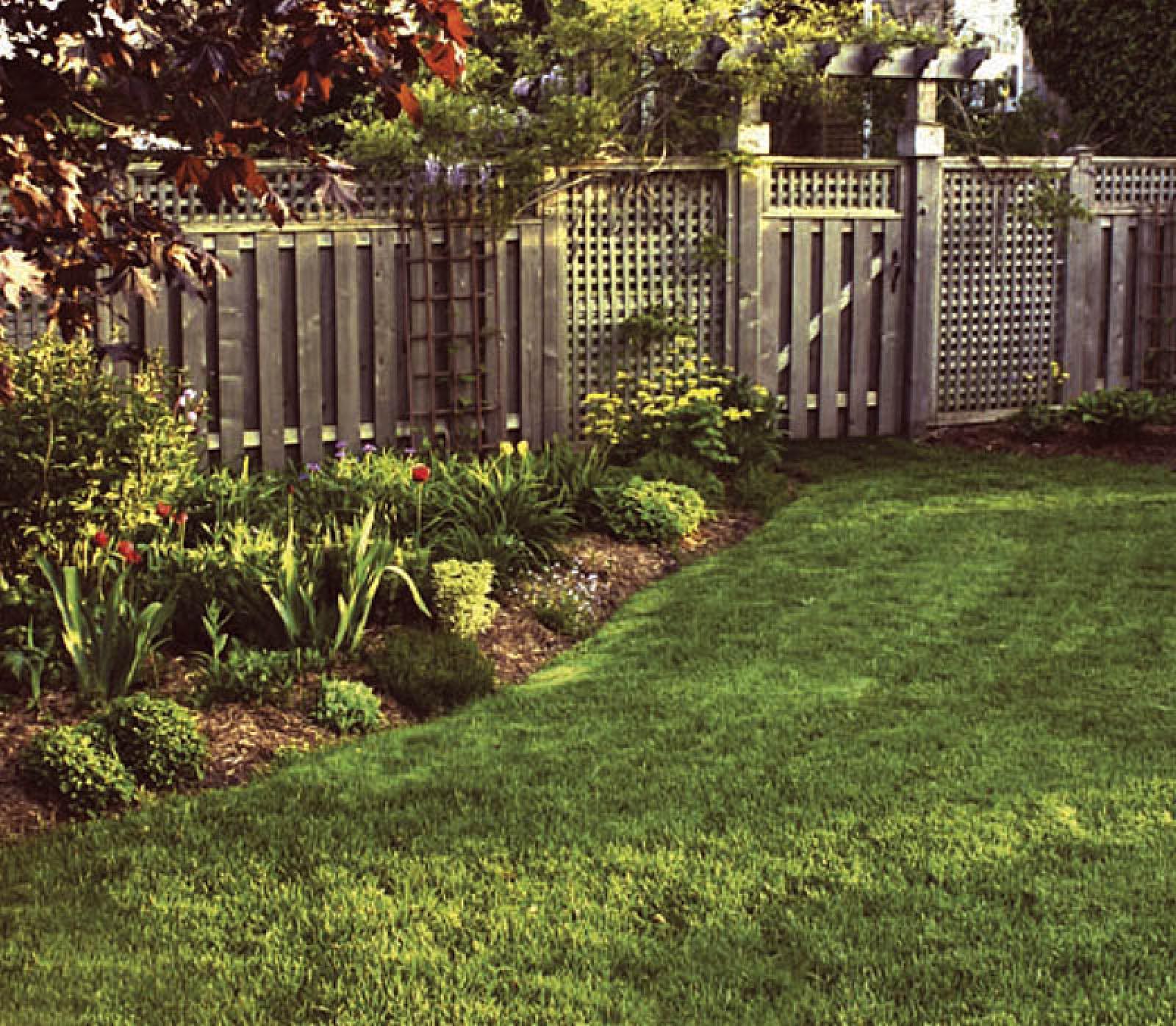September 29, 2009
Alternative Pest Controls for Turf in Ontario

- Ideal is between 6 and 9 cm (2.5 to 3.5 inches).
- Mowing too short will result in short roots and a less drought-resistant lawn. Longer grass keeps soil cool and prevents weed seeds from germinating. Cutting too long (over 9-10 cm) will lead to competition and shading within the turf stand.
- Mow frequently. Do not remove more than one-third of the leaf blade in a single mowing.
- Recommended amount of water is about 2.5 cm (1 in.) per week, including rainfall.
- Use a rain gauge to determine total water applied.
- Water in the early morning to prevent long periods of leaf wetness or loss from evaporation.
- Allow turf to go dormant in times of extreme drought to conserve water.
- Recommended yearly rate of nitrogen is 2 kg/100 m2 (about 4 lbs./1,000 ft2) as four separate applications in: Late spring, midsummer, late summer/early fall and late fall (dormant application).
- Leave clippings on lawn after mowing or use a mulching mower.
- Overseed in the spring and fall if possible to thicken the stand to help prevent weed seeds from germinating. If large areas are bare or heavily weed-infested, try cultivating and either re-seeding or lay sod.
- Thatch is spongy material between the grass plant and soil layer and should be kept below about 2.5 cm (1 in.).
- Core-aerate to remove soil cores. This gives the roots air and breaks up thatch.
- If thatch thickness is more than 2.5 cm, consider power raking to remove large amounts of material.
- Remove weeds by hand for larger, well-established weeds. Ensure that you are taking the roots with the plant, or the weed will grow back.
| Product | Target pests | Instructions and tips | Research studies |
| Corn gluten meal | Crabgrass and broadleaf weeds (dandelion and white clover) | Must be applied before weeds emerge in early spring and late summer/early fall on established lawns only. Water the lawn until the soil is moist but not wet and then apply. Do not apply in wind and ensure rainfall or irrigation within 2 days. Do not overseed with grass seed for six weeks after an application. | Effective on germinating seedlings of broadleaf weeds and crabgrass, but not on established weeds. For crabgrass, must be used preemergence (early spring when forsythia is in full bloom). Field studies show that labeled rate is relatively ineffective in most cases, but if used for several years it will reduce weeds. |
| Sclerotinia minor (Sarritor) Product availability limited at this time |
Dandelions | Must be followed by rainfall or irrigation for 20 minutes a day for a minimum of 2 days. Works best when temperature is moderate (18-24°C) and skies are cloudy with high relative humidity. Do not apply on lawn areas that border flower or vegetable gardens. | Works best as a spot treatment on individual weeds rather than as a broadcast treatment applied with a fertilizer spreader. Moisture and humidity are necessary for this product to work. |
| Acetic acid | Broadleaf weeds | Apply in warm, sunny weather to weeds less than 10 cm in height. This product will kill all plants that are sprayed (grasses and weeds) | Primary use is as a burn-down to kill all vegetation. For complete control of weeds, the product may need to be applied several times. |
| Fatty acid (Potassium salts or ammonium soaps) | Moss, algae, broadleaf weeds on driveways, patios, sidewalks | Will kill all plants that are sprayed. Spray weeds until completely wet. | N/A |
| Entomopathogenic nematodes | Grubs, caterpillars (cutworm and armyworm) | Sensitive to sunlight, drying out and extremes in temperature. Water immediately after treatment to get nematodes into the soil both to prevent drying out and to provide contact with insects. | Results are extremely variable on grubs and caterpillars. Research trials using nematodes to control leatherjackets have not shown that they work. There are no published results using nematodes to control hairy chinch bugs. |
The information in this table is based on a scientific literature review conducted by Evan Elford, University of Guelph, 2008
Presented by Ontario Turfgrass Research Foundation and Ontario Horticultural Trades Foundation